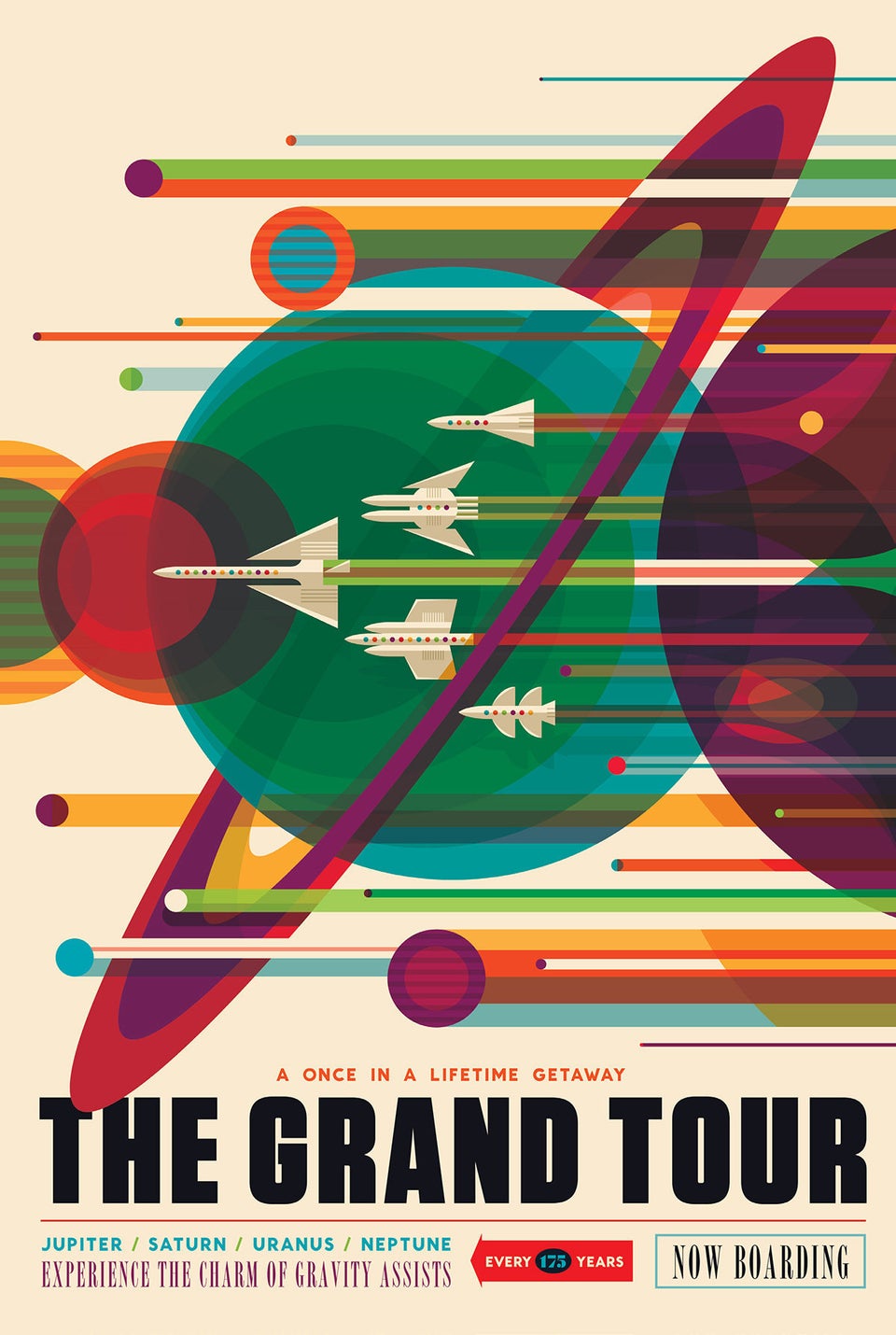NASA fired up a booster for the most powerful rocket in the world on Tuesday, testing what will become part of the Space Launch System.
SLS, as it's known, will ultimately be used to launch Orion spacecraft on deep-space missions, including a planned trip to Mars.
"Seeing this test today, and experiencing the sound and feel of approximately 3.6 million pounds of thrust, helps us appreciate the progress we’re making to advance human exploration and open new frontiers for science and technology missions in deep space," William Gerstenmaier, associate administrator for the Human Exploration and Operations Mission Directorate at NASA Headquarters in Washington, said in a news release.
Until now, the most powerful rocket in history was the Saturn V used in the Apollo program.
Tuesday's firing at Orbital ATK's test facilities in Promontory, Utah, allowed NASA engineers to gather data on 82 qualification objectives, which will now be evaluated, the space agency said.
When used in deep space missions, the SLS will be powered by two five-segment boosters and four RS-25 main engines, or the same engines that powered the space shuttle program.
The first SLS configuration will have a lift capability of 70 metric tons and 10 percent more thrust than Saturn V, while the next stage will have a lift capacity of 105 metric tons and 20 percent more thrust, according to NASA.
That second configuration would have the horsepower equivalent to 208,000 Corvette engines, or 17,400 locomotive engines.
"SLS hardware is currently in production for every part of the rocket. NASA also is making progress every day on Orion and the ground systems to support a launch from Kennedy Space Center in Florida," John Honeycutt, SLS program manager at NASA’s Marshall Space Flight Center in Huntsville, Alabama, said in a news release. "We're on track to launch SLS on its first flight test with Orion and pave the way for a human presence in deep space."
Orion's first mission using the SLS, which will be unmanned, is scheduled for launch in 2018. NASA said it will be in distant retrograde orbit around the moon and travel further than any Apollo spacecraft.
A crewed mission will follow several years later.

